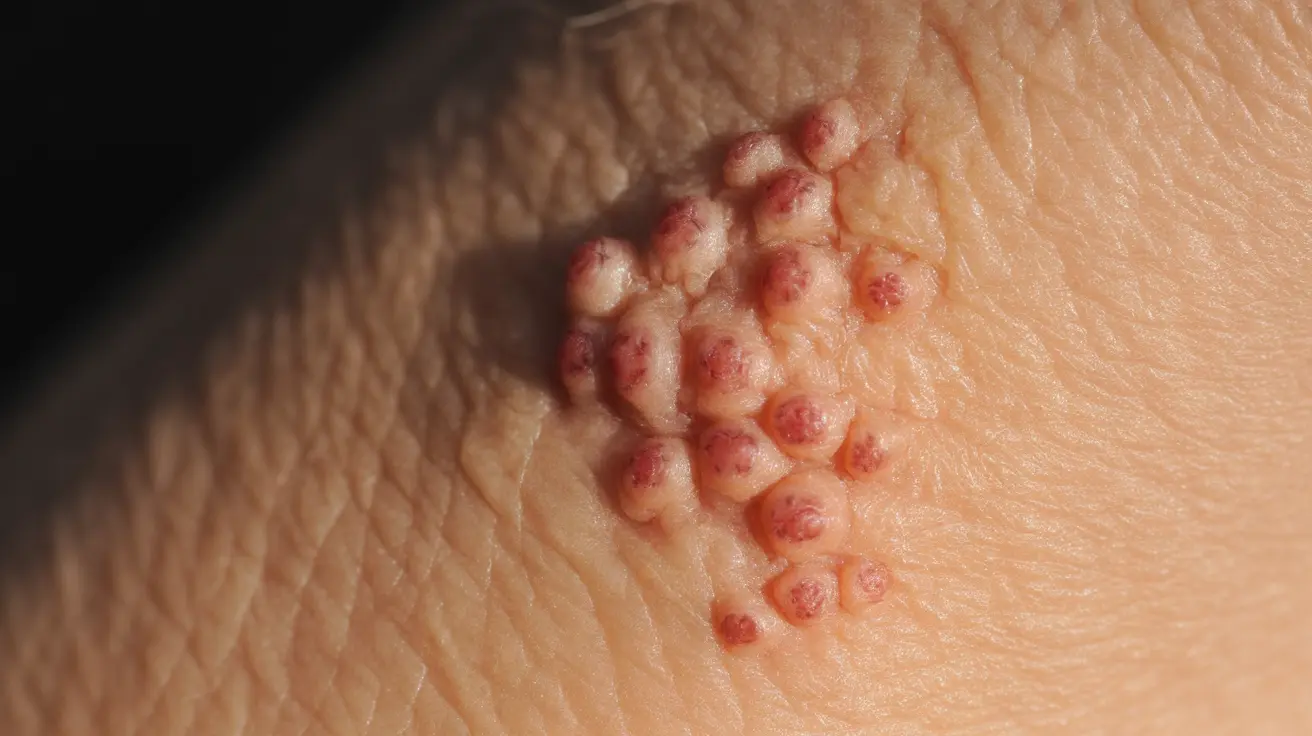Chigger bites can turn an enjoyable outdoor adventure into an itchy, uncomfortable experience. These microscopic mites, which are actually the larvae of certain types of mites, primarily target areas where clothing fits tightly against the skin or where skin is particularly thin and tender. Understanding how to identify, treat, and prevent these pesky bites is crucial for anyone who enjoys spending time outdoors.
While chigger bites aren't dangerous, they can cause intense itching and discomfort that may last for several days. This comprehensive guide will help you understand everything you need to know about managing and preventing chigger bites effectively.
Identifying Chigger Bites and Common Bite Locations
Chigger bites have distinctive characteristics that set them apart from other insect bites. They typically appear as small, red, raised bumps that often occur in clusters or groups. These bumps commonly form in areas where clothing fits snugly against the skin.
Common locations for chigger bites include:
- Ankles and sock lines
- Waistband area
- Behind the knees
- In the groin region
- Under the arms
- Around the waist
Treatment Options for Chigger Bites
While chigger bites can be intensely itchy, several effective treatment options can help manage symptoms and promote healing:
Immediate Care Steps
As soon as you suspect chigger bites:
- Take a hot shower with soap
- Wash all clothing in hot water
- Apply an antiseptic to the affected areas
Over-the-Counter Solutions
Several readily available treatments can provide relief:
- Calamine lotion
- Hydrocortisone cream
- Oral antihistamines
- Cold compresses
Prevention Strategies
Taking proactive measures can significantly reduce your risk of chigger bites when spending time outdoors:
Protective Clothing
Wear appropriate clothing when in potential chigger habitats:
- Long pants tucked into socks
- Long-sleeved shirts
- Closed-toe shoes
- Light-colored clothing to spot chiggers easily
Environmental Awareness
Be mindful of high-risk areas:
- Tall grass and weeds
- Berry patches
- Wooded areas
- Moist, shaded locations
When to Seek Medical Attention
While most chigger bites heal on their own, certain symptoms warrant medical attention:
- Signs of infection (increased swelling, warmth, or pus)
- Fever
- Severe allergic reactions
- Bites that don't improve after a week of home treatment
Frequently Asked Questions
What do chigger bites look like and where on the body do they usually appear?
Chigger bites appear as small, red, raised bumps that often cluster together. They commonly occur in areas where clothing is tight against the skin, such as ankles, waistband areas, behind knees, and in warm skin folds.
How can I treat the itching and discomfort caused by chigger bites at home?
Apply over-the-counter treatments like calamine lotion or hydrocortisone cream to reduce itching. Taking oral antihistamines and using cold compresses can also provide relief. Keep the affected area clean and avoid scratching to prevent infection.
What are the best ways to prevent chigger bites when spending time outdoors?
Wear protective clothing, including long pants tucked into socks and long-sleeved shirts. Stay on cleared paths, avoid tall grass and weedy areas, and apply EPA-registered insect repellents to exposed skin and clothing.
When should I see a doctor for chigger bites, and what signs indicate an infection?
Seek medical attention if you develop signs of infection such as increased swelling, warmth, pus, or fever. Also consult a healthcare provider if the bites don't improve after a week of home treatment or if you experience severe allergic reactions.
Can using insect repellents or special clothing effectively reduce the risk of chigger bites?
Yes, using EPA-registered insect repellents containing DEET or permethrin can effectively deter chiggers. Wearing tightly woven fabrics and treating clothing with permethrin-based repellents provides additional protection against chigger bites.




